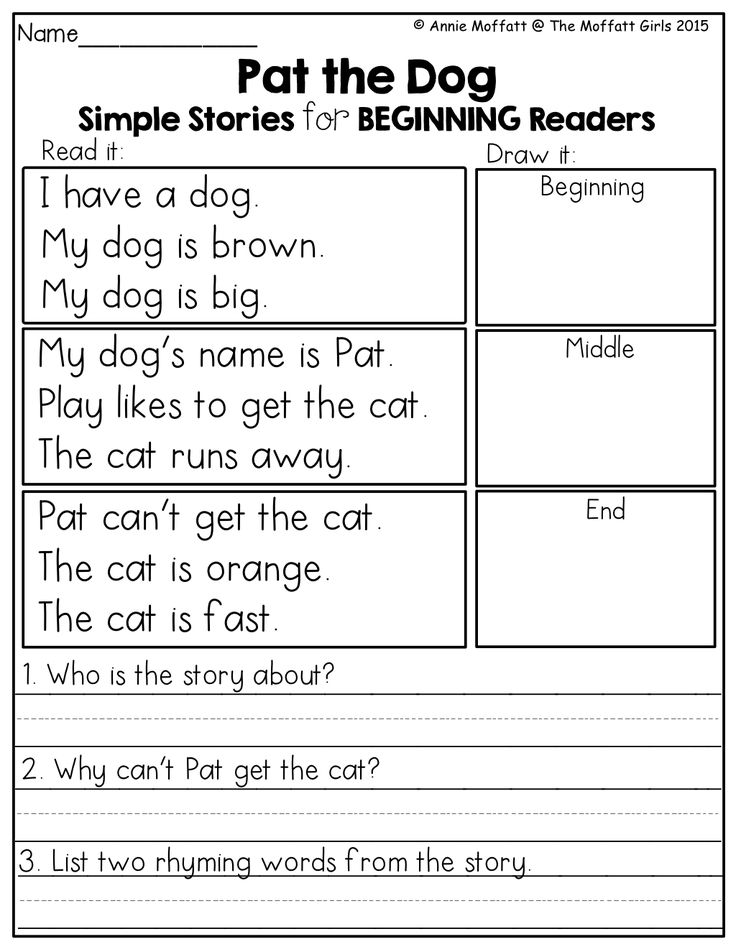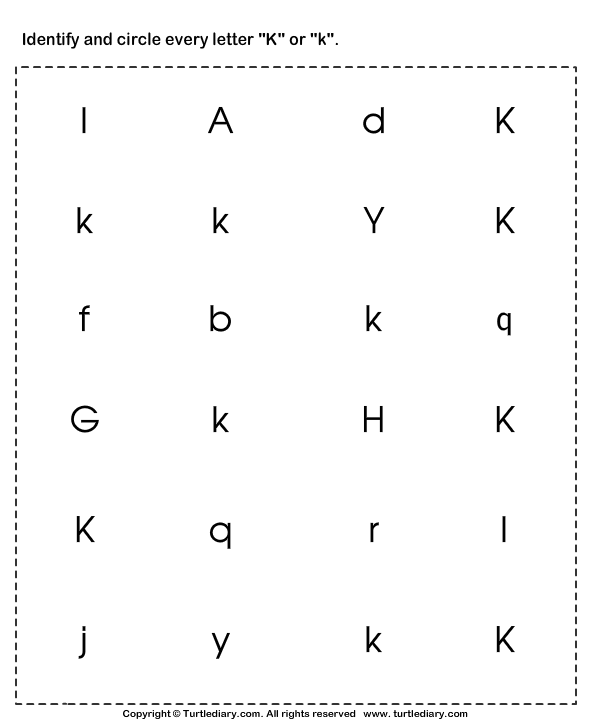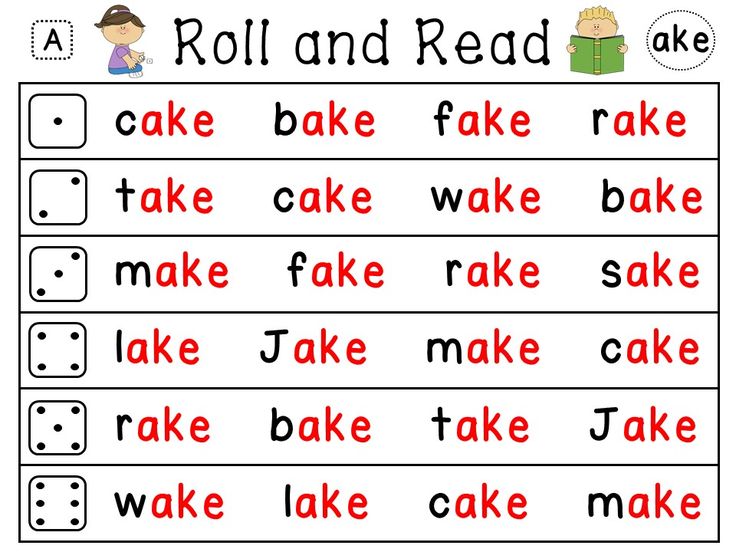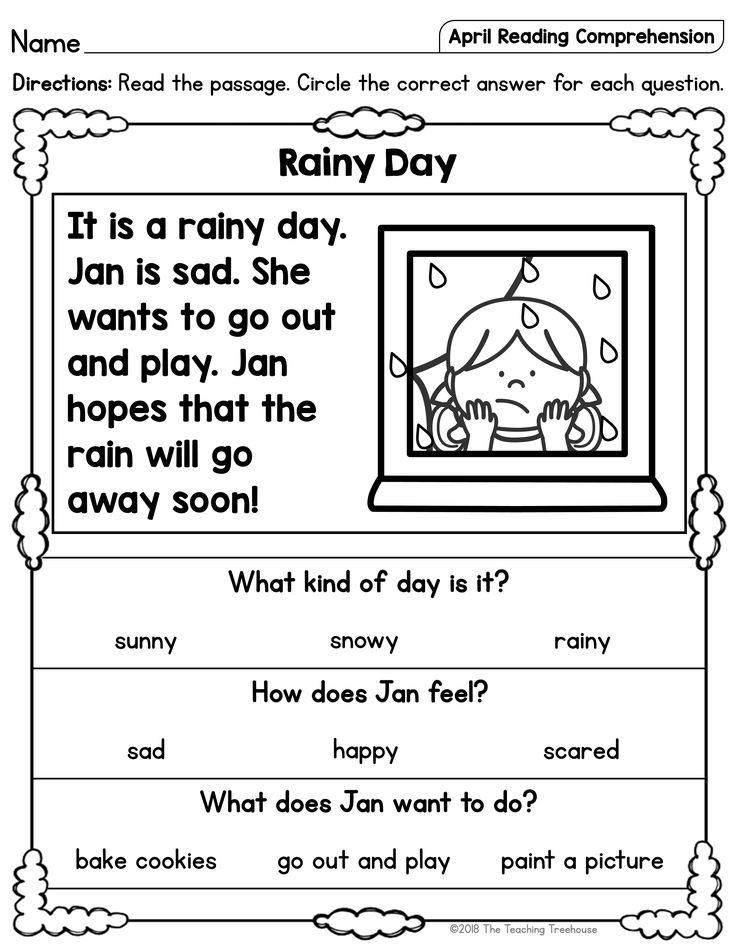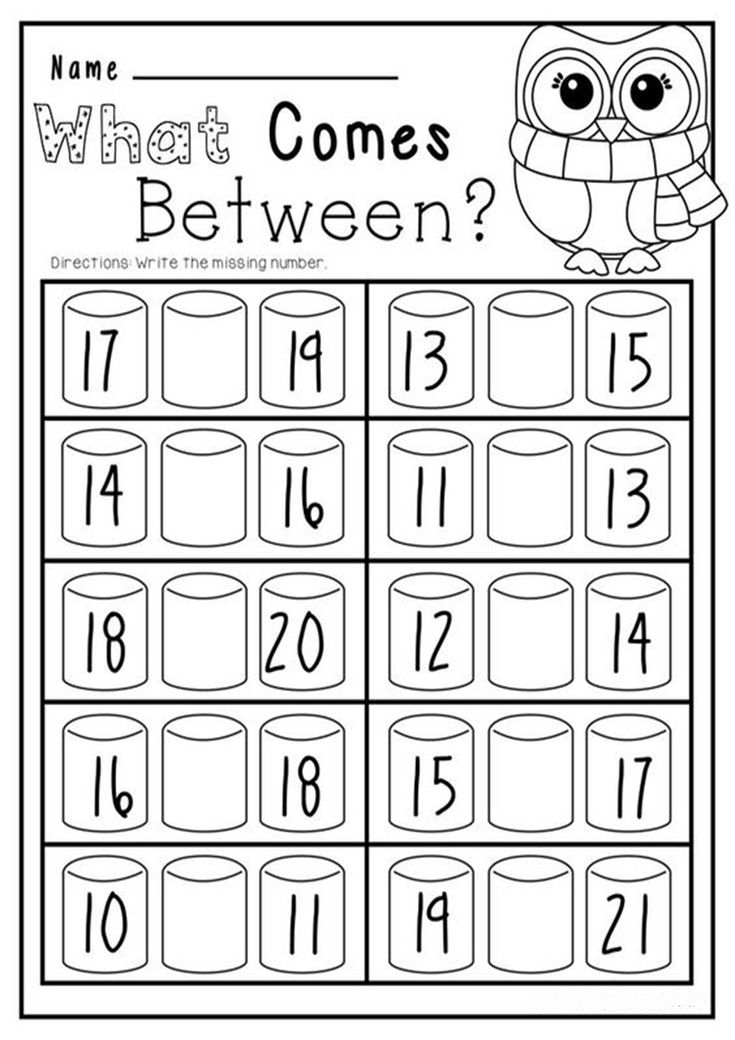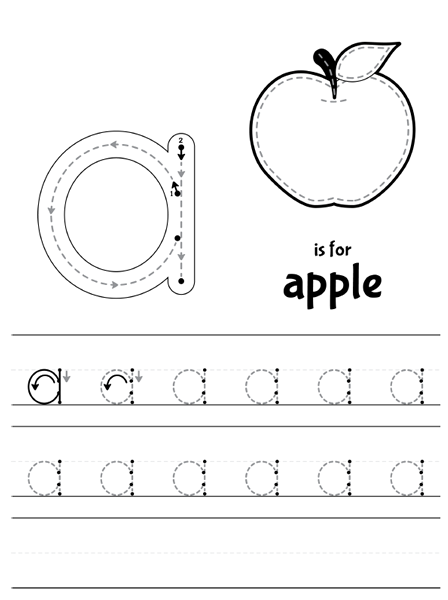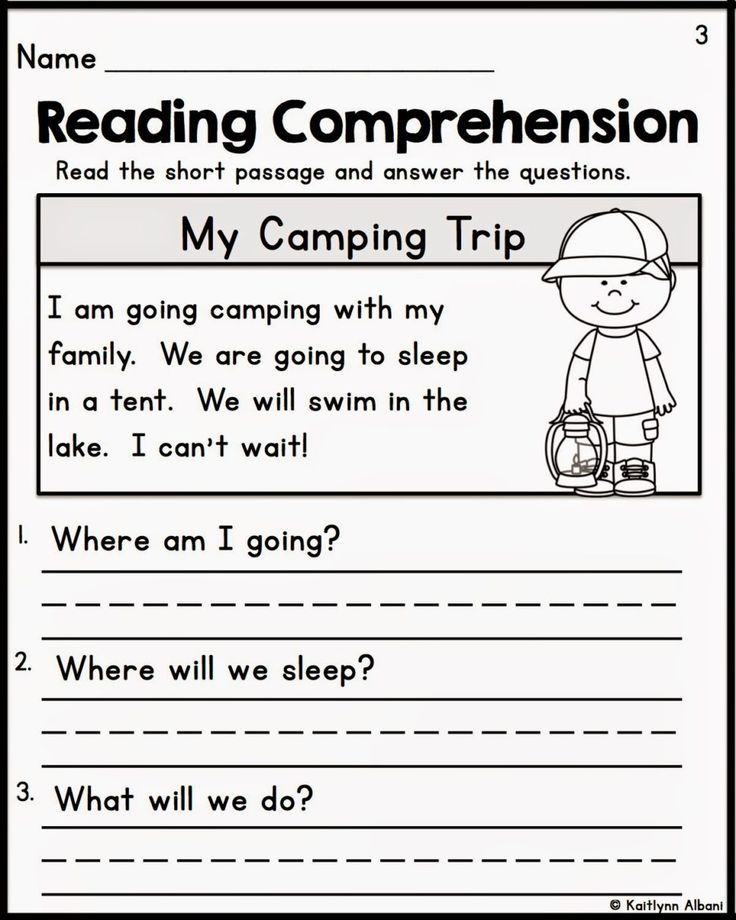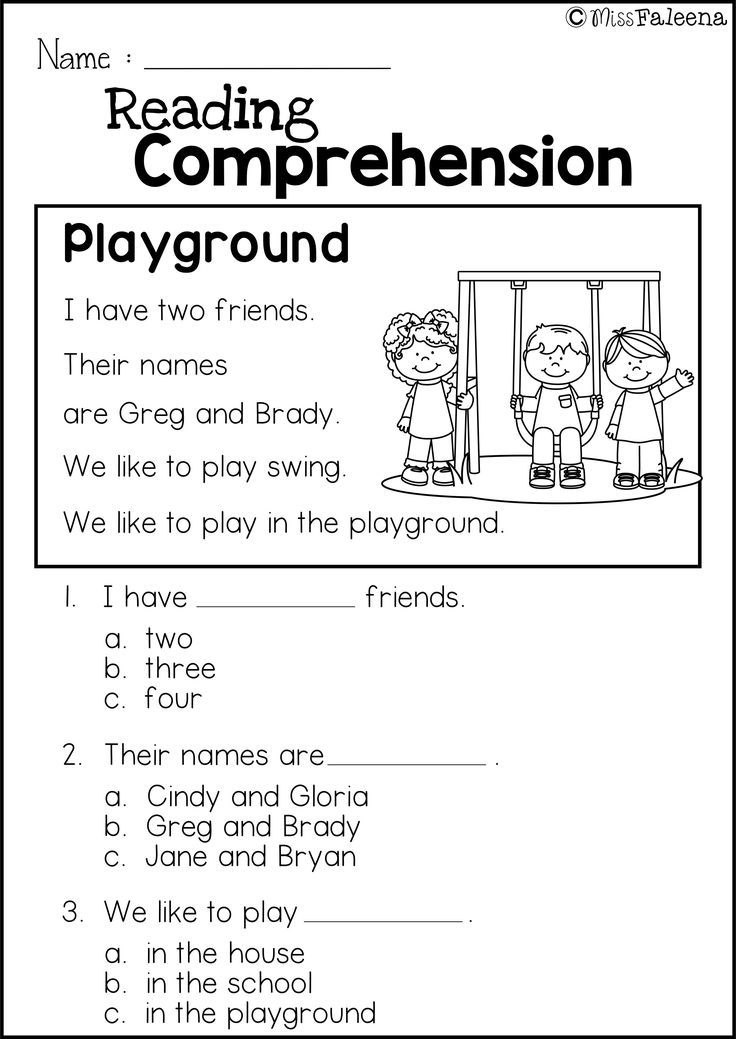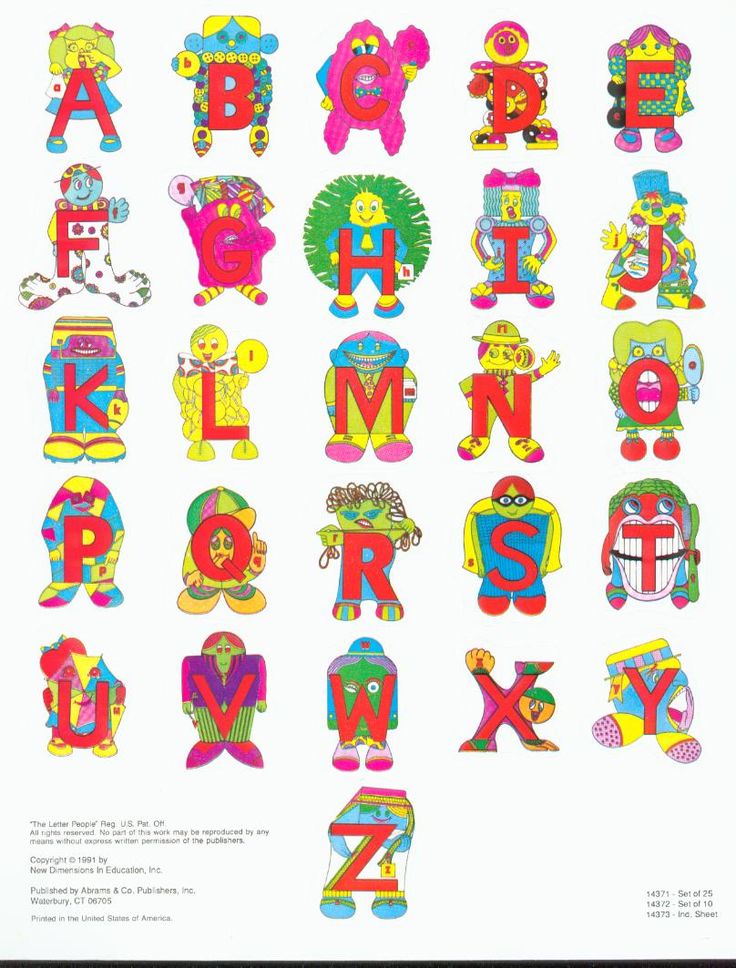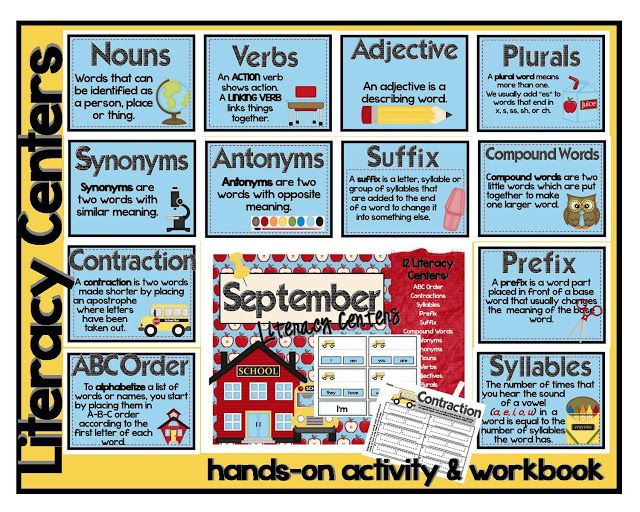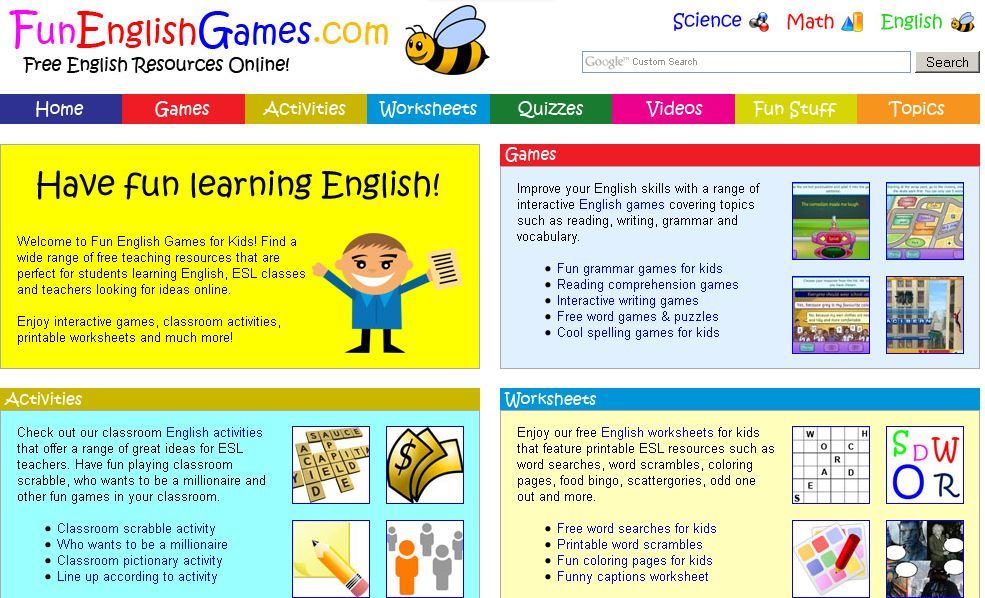Teaching beginning readers
How to Read with a Beginning Reader
By: Joanne Meier
Most beginning readers are inconsistent. Learn more about the characteristics of a beginning reader and simple techniques and tips to nurture your child's skills and joy in reading.
Sometimes parents of beginning readers wonder if their child is on track with reading. They don't understand why their child can't read a word today they were able to read yesterday. They think their child reads too slowly. They grumble that their child only wants to read the same book over and over again.
Most beginning readers are inconsistent. They may know a word one day but not the next. They may read a particular word correctly on one page, but they have to stop and sound it out again on the next page. When you listen to a beginning reader, you hear short, choppy words with little attention to punctuation. Sometimes a new reader can tell you very little about what they just read.
At the beginning stage of reading, all of these reading behaviors are to be expected. Beginning readers are building their fluency. This means they're working to make several skills, like matching a letter to a sound and decoding, more smooth, accurate and automatic. Without fluency, each word must be decoded, and that takes time and energy. This means that other reading behaviors like reading with expression and comprehension have less of a focus.
When reading with a beginning reader, it's important to do the following:
- Give them time to read. Reading is a skill, and like many other skills, it takes time to develop. A beginning reader should spend at least 20 minutes a day reading to or with someone. The books read during this time should be relatively easy for your child.
- Let them reread the same books. Rereading the same words over and over again helps build fluency. Over time, you'll notice that your child will stop less often to decode words.
- Encourage attention to the print. If your child is stuck on a word, help him look at the first letter(s) and encourage him to sound it out.
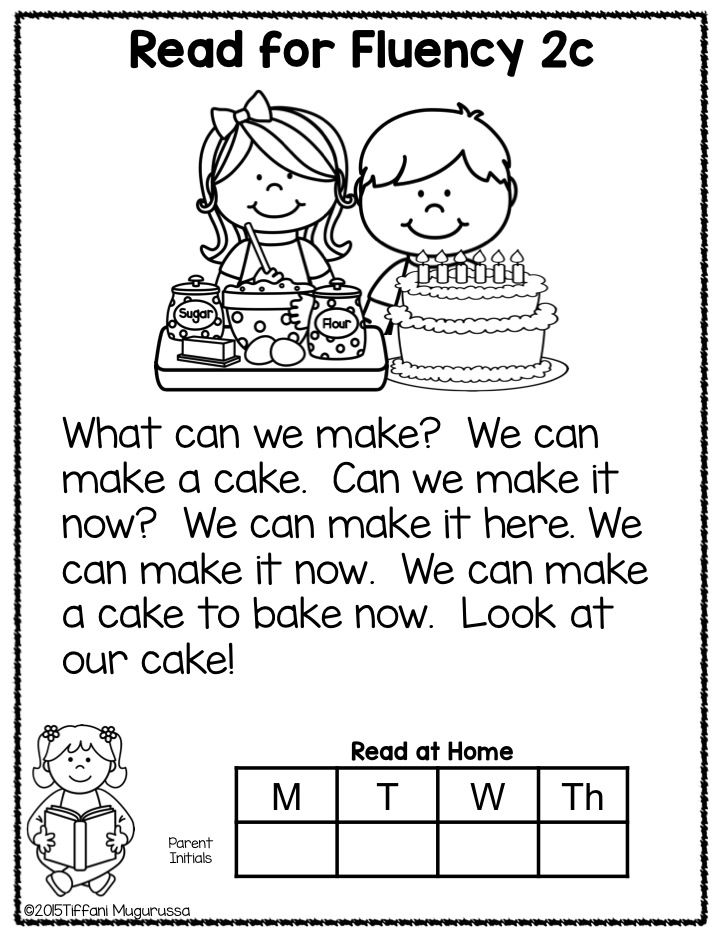 If it's a difficult word, or one that can't be sounded out, simply supply the word and continue reading.
If it's a difficult word, or one that can't be sounded out, simply supply the word and continue reading. - Take turns reading. By listening to your fluent reading, your child will hear what good readers sound like. After you've read a short passage, ask your child to reread the same passage. This provides a chance for her to practice reading with expression.
- Have realistic expectations. For example, students should be reading approximately 60 words per minute correctly by the end of first grade, and 90-100 words per minute correctly by the end of second grade. Your child's teacher can help you learn your child's reading rate.
It's important to nurture your beginning reader in a way that helps make reading a daily habit and a lifelong love. By being aware of what's normal for a beginning reader, and by knowing how to help them progress, you're sure to instill those qualities in your reader.
Joanne Meier (2009)
Reprints
You are welcome to print copies or republish materials for non-commercial use as long as credit is given to Reading Rockets and the author(s).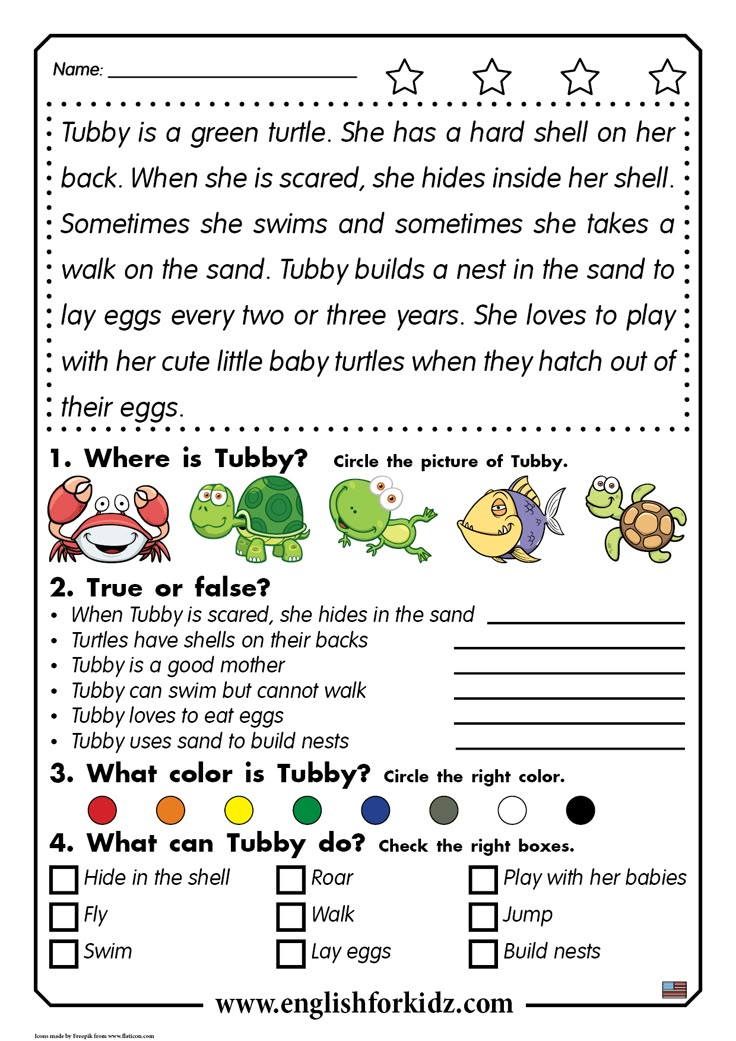 For commercial use, please contact [email protected]
For commercial use, please contact [email protected]
Related Topics
Children’s Books
Reading Aloud
New and Popular
Print-to-Speech and Speech-to-Print: Mapping Early Literacy
100 Children’s Authors and Illustrators Everyone Should Know
A New Model for Teaching High-Frequency Words
7 Great Ways to Encourage Your Child's Writing
Screening, Diagnosing, and Progress Monitoring for Fluency: The Details
Phonemic Activities for the Preschool or Elementary Classroom
Our Literacy Blogs
Is Emily Hanford Right?
Kids and educational media
Meet Ali Kamanda and Jorge Redmond, authors of Black Boy, Black Boy: Celebrating the Power of You
Get Widget |
Subscribe
25 Effective Ways to Teach Reading to Beginners
The Butterfly Teacher is thrilled to welcome guest writer Sophia Sanchez, an ESL instructor who has extensive knowledge about language development.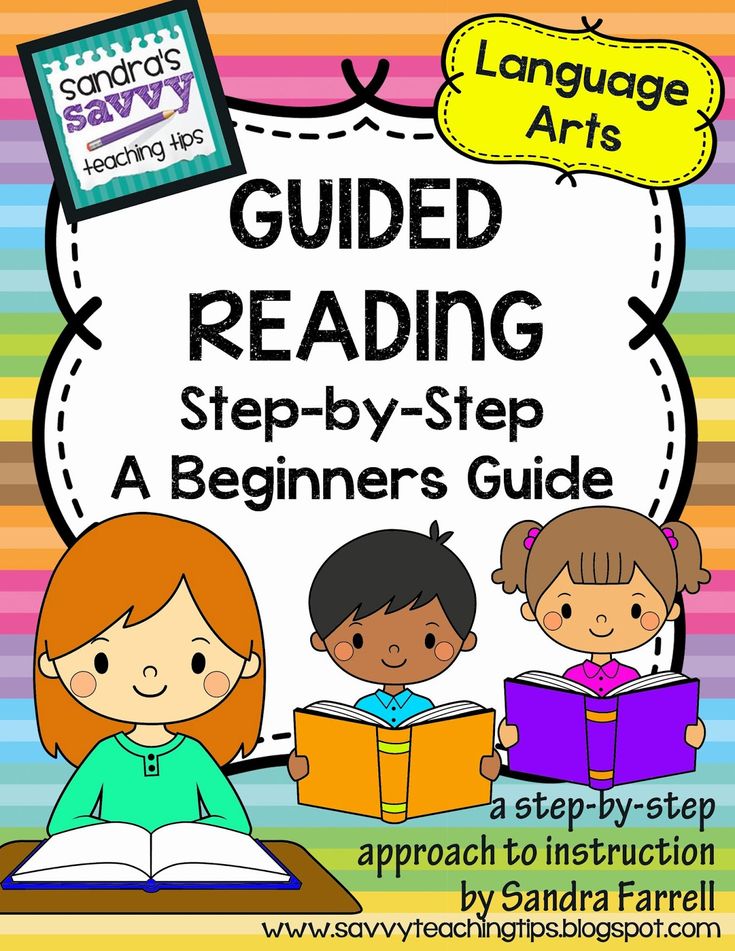 In this post, she shares 25 practical and effective ways to teach reading to beginners. Get your pen and paper ready…there are tons of teaching tips below!
In this post, she shares 25 practical and effective ways to teach reading to beginners. Get your pen and paper ready…there are tons of teaching tips below!
*This post contains affiliate links to Amazon for your convenience. As an Amazon Associate, I earn from qualifying purchases, which do not cost any extra for you. Please see the full disclosure here.*
How Do You Teach Reading Effectively?
Reading is a complex exercise.
We have to teach kids to read the written word and to build vocabulary simultaneously.
On top of all this, as students grow, they need to master more complex reading skills, such as inferencing.
So what are the best reading strategies that teachers and parents need to teach? And HOW do you teach them?
To best answer these questions, you must approach reading instruction based on your students/child’s developmental level:
- Early / Beginning Reader
- Emergent Reader
- Advanced Reader
You will be able to teach reading more effectively when you recognize the strengths and weaknesses of each developmental level and cater to those.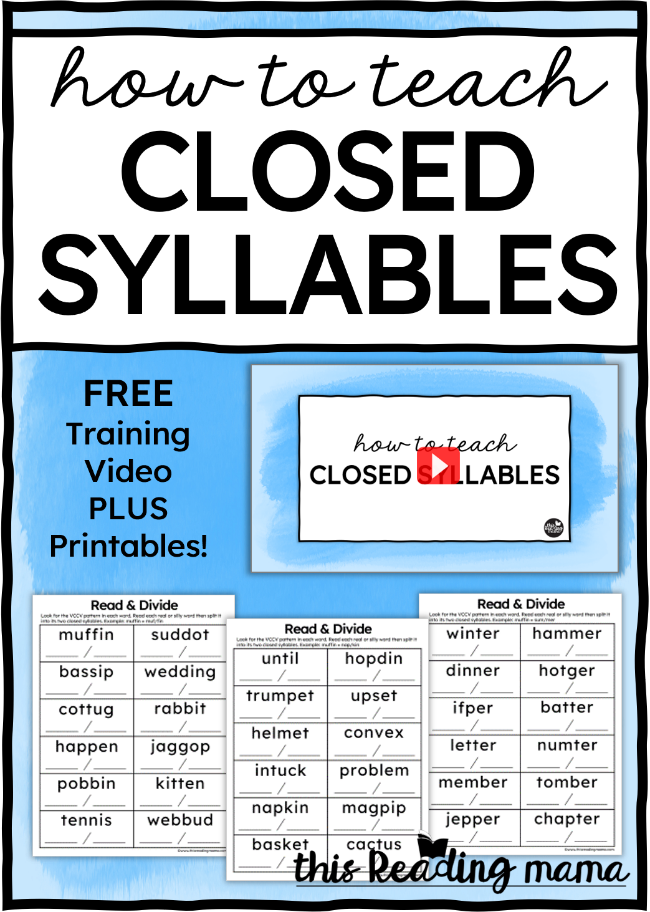
Tanya–The Butterfly Teacher, shares reading comprehension teaching tips for advanced readers, so in this post, I will share tips for early and beginning readers.
Let’s jump right in!
Vocabulary-Building Strategies for Early Readers
A highly effective way to teach reading to beginners is to help them build extensive background knowledge and vocabulary skills.
As you teach early readers more vocabulary, make sure the learning is playful, because most kids learn best via play!
- 1–Build Their Oral Vocabulary Through Conversation:
Encourage children to frequently interact verbally with you and others. More conversation will build on the vocabulary they may already know. - 2–Combine Pictures with Vocabulary Words & Actions:
For example, put up a poster outside your class with signage for shaking hands, hugging, greeting with a bow/folded hands, or just smiling, and get the kids to point at how they want to be greeted.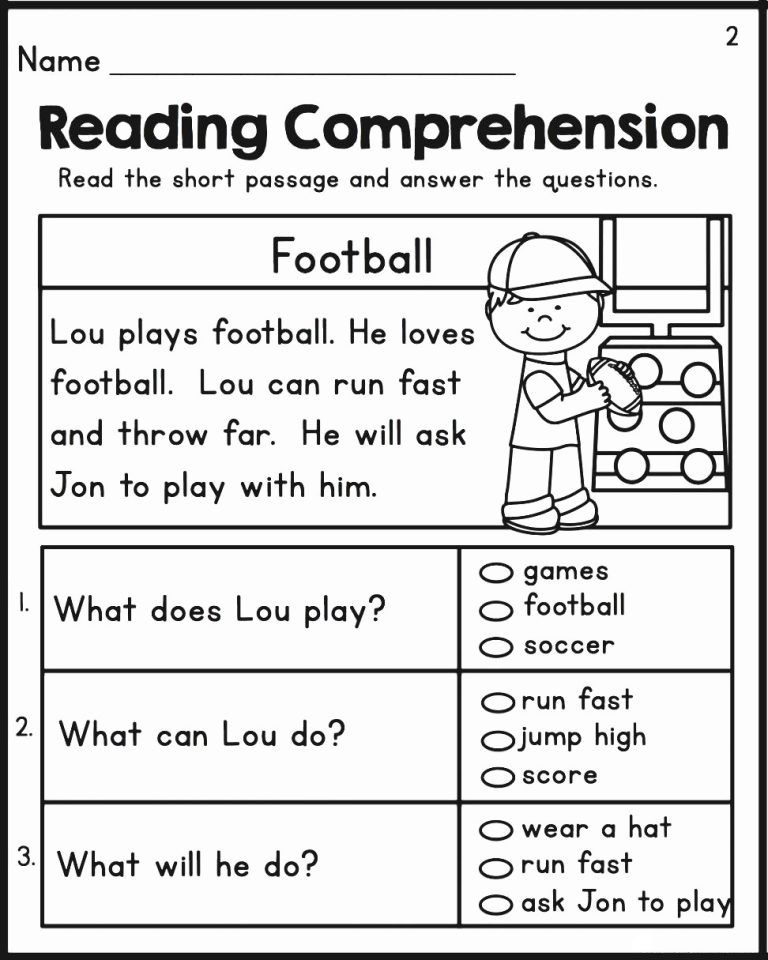 Encourage the kids to say the words aloud and then act them out.
Encourage the kids to say the words aloud and then act them out. - 3–Play Games to Identify Everyday Items:
Boring teaching will make reading seem like a chore! Make learning to read more fun with games that help children build vocabulary.As children grow more proficient and confident pronouncing words for things like vegetables, fruits, simple objects, colors, plants, actions such as mowing, sweeping, washing, drying, etc.–they are forming the building blocks for strong reading fluency.
Simple Ways to Teach Pre-Literacy Skills
The vocabulary word building tips from above help beginning readers develop more background knowledge that influences their reading.
Here are simple but effective ways to teach reading to beginners who need more pre-literacy skills.
- 4–Introduce Kids to Books With No Text:
A few of my favorite examples for beginning readers are:
Free Fall by David Weisner,
Up and Up by Shirley Hughes,
and Noah’s Ark by Peter Spier.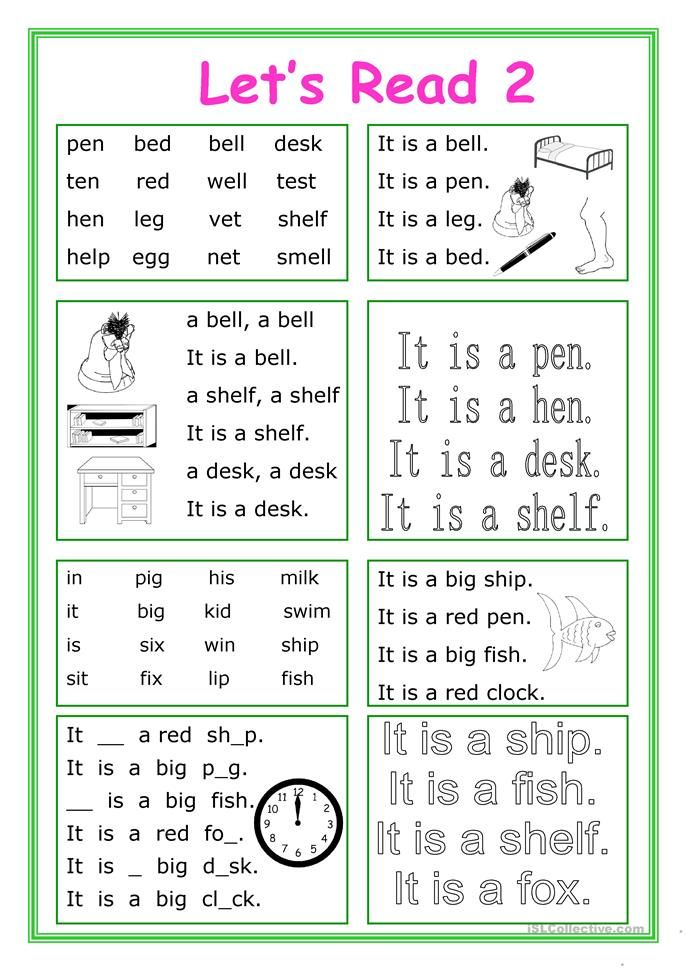
As you share these picture books, let each child “read it” on their own, say the story out loud for others, or even interpret a page in their own words to develop pre-literacy skills.
- 5–Start a Story Prompt:
Use flash cards or picture books to begin a make-believe story. Then allow your students/kids to create the next part or line of the story you’ve started. This helps them build the foundation for sequencing in reading.
- 6–Read Simple Rebus Readers:
These fun books help beginning readers answer your story prompts, identify sight words, and build vocabulary–which are all important pre-literacy skills.
What is the Main Difference Between Alphabetic Principle & Phonemic Awareness?
Let’s pause here to quickly dive into an important topic that relates to beginning readers.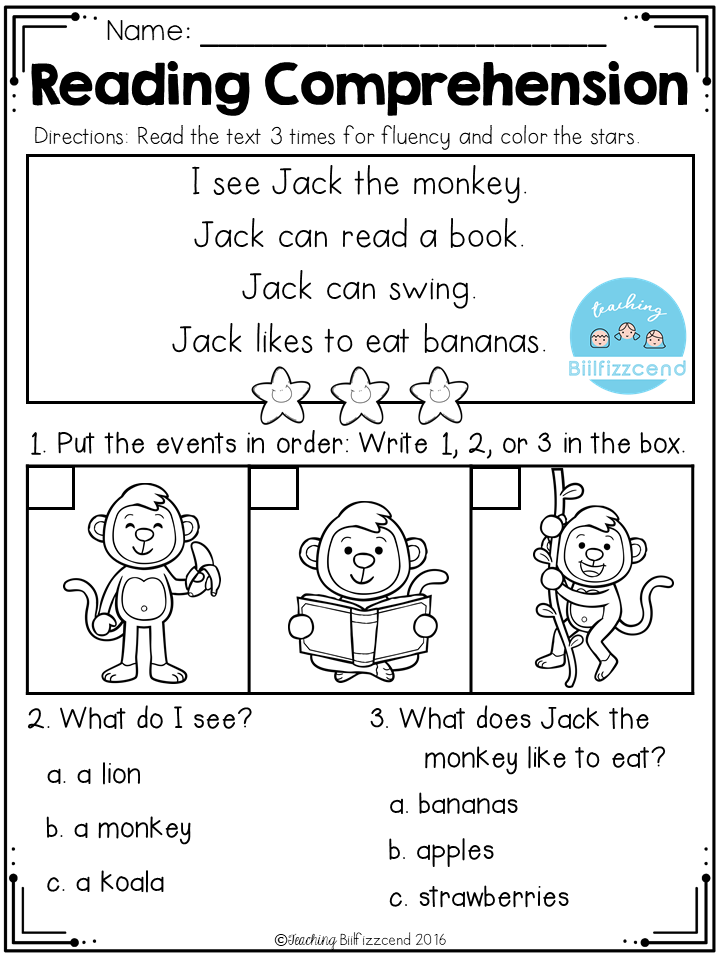
Alphabetic understanding vs. letter-sound relationships!
What in the world is alphabetic principle and how is it different from phonemic awareness?
Many people use the words “alphabetic principle” interchangeably with “phonics.” It relates to letter-symbol relationships and spoken words.
Phonemic awareness involves breaking word parts down to isolate and identify specific sounds or phonemes.
To effectively teach reading to beginners, parents and teachers must use different teaching strategies for these two reading skills!
Let’s continue with specific examples
Easy Ways to Teach Alphabetic Principle
- 7–Introduce Single Letters and Their Sound:
English is not a phonetic language, but language learning is a lot about listening and ears like sounds. Confusion can set in but reducing pace and increasing fun games for practice can help. - 8–Get Kids to Say Words Which Start With That Sound:
This can be combined with the same teaching strategies that you use to teach vocabulary words. Put pictures with words next to everyday items. Emphasize the sound that initial letter makes.
Put pictures with words next to everyday items. Emphasize the sound that initial letter makes. - 9–Give Sounds for Single Vowels:
Like ‘e’ for egg - 10–Give Sounds for Single Consonants:
Like ‘h’ for hut
- 11–Do Kinesthetic & Tactile Activities to Learn Letters:
Write letters in the sand or in shaving cream. Use magnetic letters, ropes, and other items that beginning readers can touch as a fun way to build letter recognition. - 12–Identify Letters among other letters (like a design:)
Before kids can identify letters as letters, they can play at spotting them. E.g Write ‘egg’ on the board with space in between. Now hold up the letter ‘e’ and ask the kids to spot it in what’s written.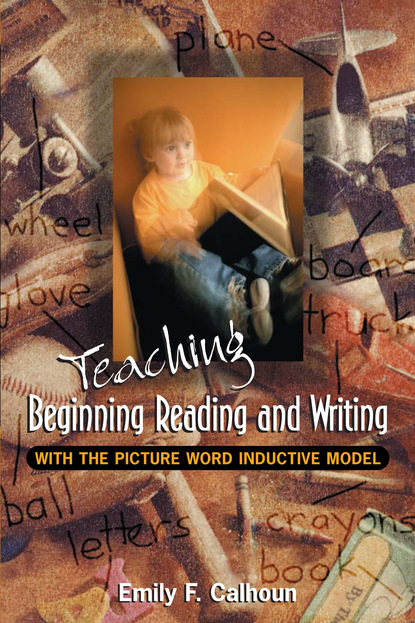 Add more words on the board which include ‘e’, and ask them to spot all the occurrences.
Add more words on the board which include ‘e’, and ask them to spot all the occurrences. - 13–Complete Letter Crafts Decorating Objects Which Start With That Letter
Ideas for Helping Beginning Readers Build Phonological Awareness
- 14–Play Phonological Awareness Games:
Pair your students in two teams. One team will say words and the other team has to say a word with the sound it ends onFor example: one team may say the word “red.” The other team will need to say a word like “dog” since the word red ends with “d.”
This type of game can be difficult for some kids, so feel free to modify it with flashcards, pictures, or other ways to assist kids. If it’s too frustrating for them, they will not feel confident to play, which will lead to possible tantrums.
- 15–Get Kids to Call Out Rhyming Words With You
- 16–Form Various Words With The Same Set of Sounds
- 17–Play Rhyming Games With Nonsense Words:
Kids love gibberish! Plus, using nonsense words heightens their awareness of word sounds and word parts.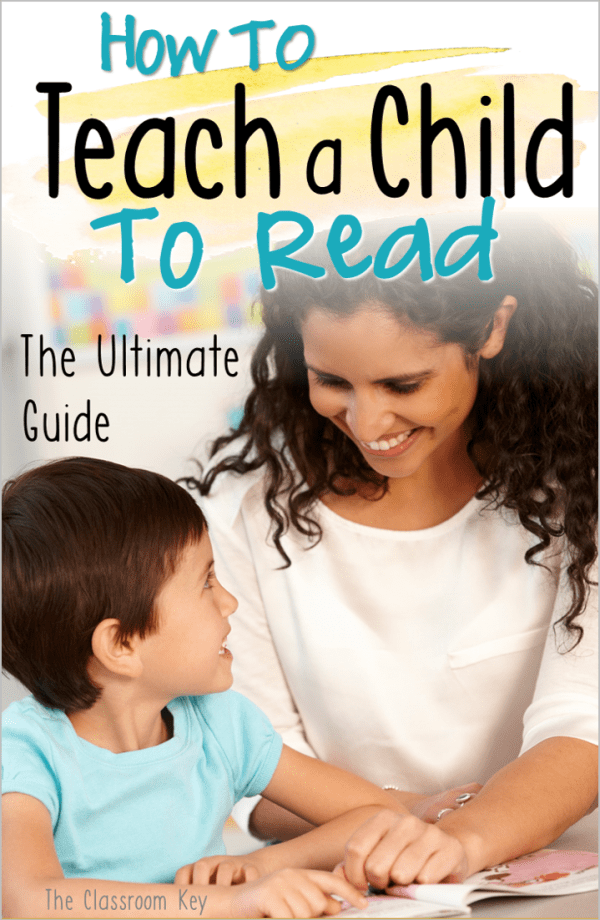
- 18–Try basic tongue twisters: (you will have kids rolling in laughter!)
She sells sea shells on the sea shore, but the shells she sells are not the real sea shells’. It’s better to start with the first four words, and slowly add the rest meaningfully in steps, or it might turn into a gibberish spewing noisy classroom!
More Effective Ways to Teach Reading to Beginners
As your children/ students advance through pre-literacy skills, alphabetic principle, and phonemic awareness activities, you can effectively teach them more foundational reading strategies like the ones in this section.
- 19–Start Small with Sight Words
- 20–Enjoy the rebus world of words:
Show an image and look at the word. These readers really help kids build nonfiction reading skills too!
 Click HERE for the image to learn more.
Click HERE for the image to learn more. (Amazon affiliate link)
- 21–Use a picture and break what it’s called into sounds/phonemes (for starters, use easily identified animals like cat, bat, etc.) Sounds outnumber the letters in the alphabet, so practice-practice-practice
- 22–Work with small words with fewer sounds and then go to longer words
- 23–Play games to change the order to form new words (do build gibberish words, don’t be afraid)
- 24–Introduce syllabification if your class is ready
- 25–Introduce onomatopoeia – words that mimic the sound of the object
What’s the Absolute Best Way to Teach Children to Read?
Kids learn at their own pace.
As no two kids are alike, teachers really have to individually nurture each child on their reading journey. So there’s no ONE absolute best way to teach reading to every single child.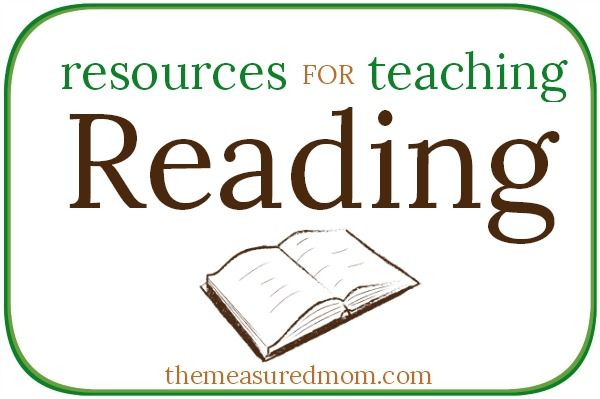
This post features lots of effective ways to teach reading to beginners so that you have more than one strategy to try.
Here Are More Helpful Posts on Reading Instruction For You:- The Best Free Literacy Apps
- 11 Children’s Books Written by Celebrities
- Using Life Lessons to Teach Children’s Literature
- Books that Teach Socio-Emotional Skills
Here’s hoping for wonderful journeys in the world of reading!
Author Bio: Sophia is a newbie online ESL/EFL instructor. She is a passionate educator and blogs about education on her personal blog. She found her true calling — teaching — while she was juggling writing and a 9-5 desk job.
Beginner readers
- Home
- Primary school age
- Beginning readers
- THILO (1)
- Abdulova Guzel Fidailevna (1) nine0004
- Anisimova Anna Pavlovna (1)
- Aromshtam Marina Semyonovna (four)
- Beatrice Potter (1)
- Belyaeva T. (1)
- Berenstein Jen, Berenstein Stan (1) nine0004
- Beti Andrea (1)
- Bianki Vitaly Valentinovich, Barto Agniya Lvovna, Zakhoder Boris Vladimirovich (1)
- Bianchi Vitaly Valentinovich, Turgenev I.
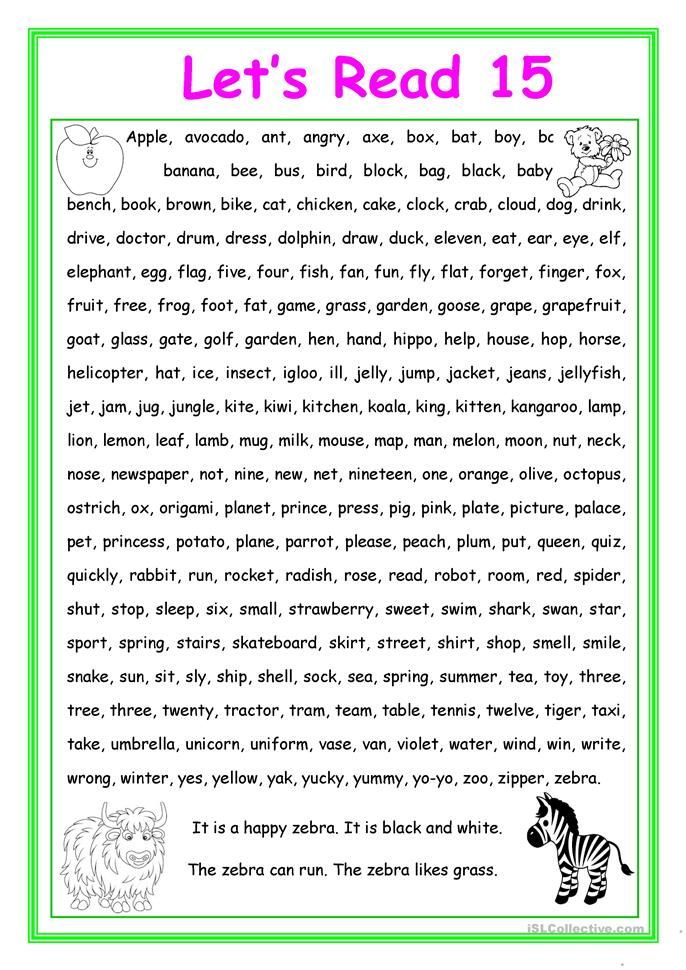 S., Gorky M. And others. (1)
S., Gorky M. And others. (1) - Blyton Enid (1) nine0004
- Blasco Serena (1)
- Boris Viktorovich Shergin (1)
- Brothers Grimm (2)
- Breslin Teresa (2)
- Bruel Nick (1) nine0004
- Vanden Heide Sylvia (2)
- Vanchura Vladislav (1)
- Viktor Dragunsky, Boris Zhitkov, Vera Chaplina, Sergei Baruzdin, Arkady Minchkovsky (1)
- Volkova Natalia Gennadievna (2) nine0004
- Gavrina Svetlana Evgenievna (1)
- Gavrina Svetlana Evgenievna, Kutyavina Natalya Leonidovna (1)
- Ginevsky Alexander Mikhailovich (1)
- Grace Lin (1) nine0007 Günther Jacobs (1)
- Dijkstra Aron (1)
- Defoe Daniel (1)
- Geronimo Stilton (1)
- Didier Ann, Maller Olivier (1) nine0004
- Dmitry Mamin-Sibiryak, Vitaly Bianchi (1)
- Dr.
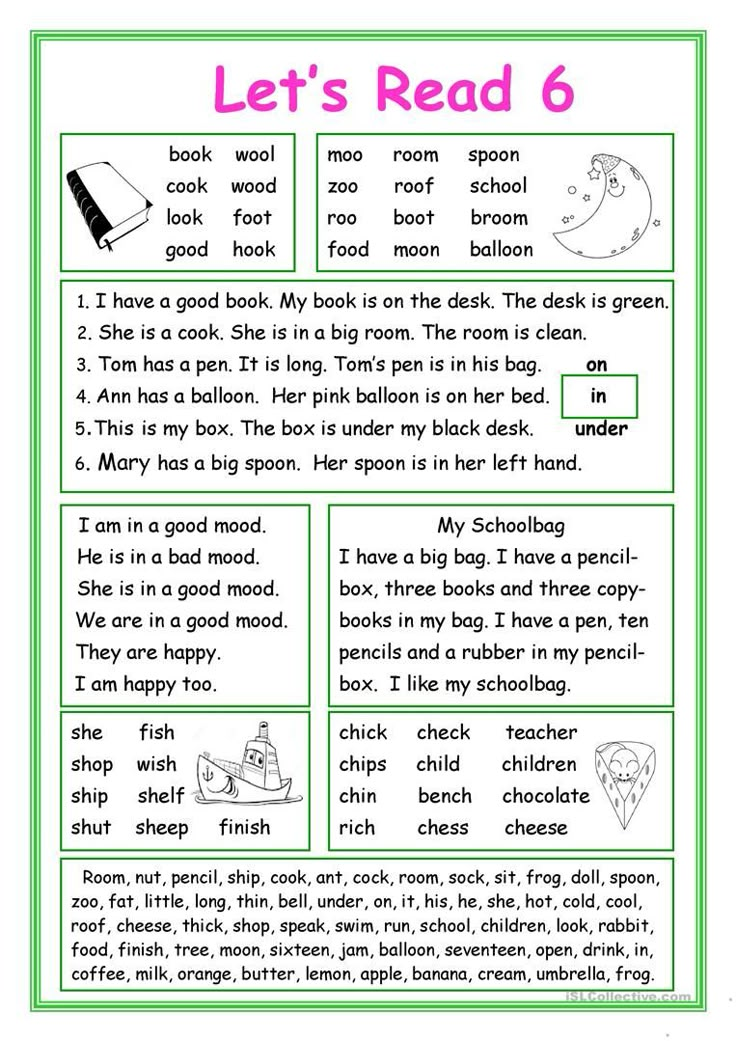 Seuss (1)
Seuss (1) - Donaldson Julia (1)
- Evdokimova Natalia Nikolaevna (1)
- Yesenin Sergey Alexandrovich, Pushkin Alexander Sergeyevich, Tolstoy Lev Nikolaevich (1) nine0004
- Salten Felix (1)
- Zartaiskaya Irina Vadimovna (1)
- I.S. Artyukhova (1)
- Irina Maltseva (1)
- Kanata Konami (five) nine0004
- Karapetyan Rustam (1)
- Kerr Judith (five)
- Keene Caroline (1)
- Clark Jane (2)
- Knutson Jost (2) nine0004
- Colgan Jenny (3)
- Korczak Janusz (3)
- Kunnas Mauri (eleven)
- Carroll Lewis (1)
- Lagercrantz Ruse (five) nine0004
- Larson Hope (1)
- Le Guin Ursula (3)
- Liao Jimmy (1)
- Lindgren Astrid (1)
- Lombina Tamara Nikolaevna (1) nine0004
- Lugovskaya Julia (2)
- Maltseva Irina Vladimirovna (1)
- Marnier Richard, Morel Aude (1)
- Marshak Samuil Yakovlevich (1)
- Mayakovsky Vladimir (1) nine0004
- Mayakovsky Vladimir Vladimirovich (1)
- Meirgrid Scott (1)
- Milne Alan Alexander (2)
- Montgomery Lucy Maud (1)
- Natalya Kutyavina, Svetlana Shcherbinina, Svetlana Gavrina, Irina Toporkova (1) nine0004
- Nosov Mikhail (3)
- Nosov Nikolai Nikolaevich (1)
- O`Byrne Nicola (1)
- Ovchinnikova N.
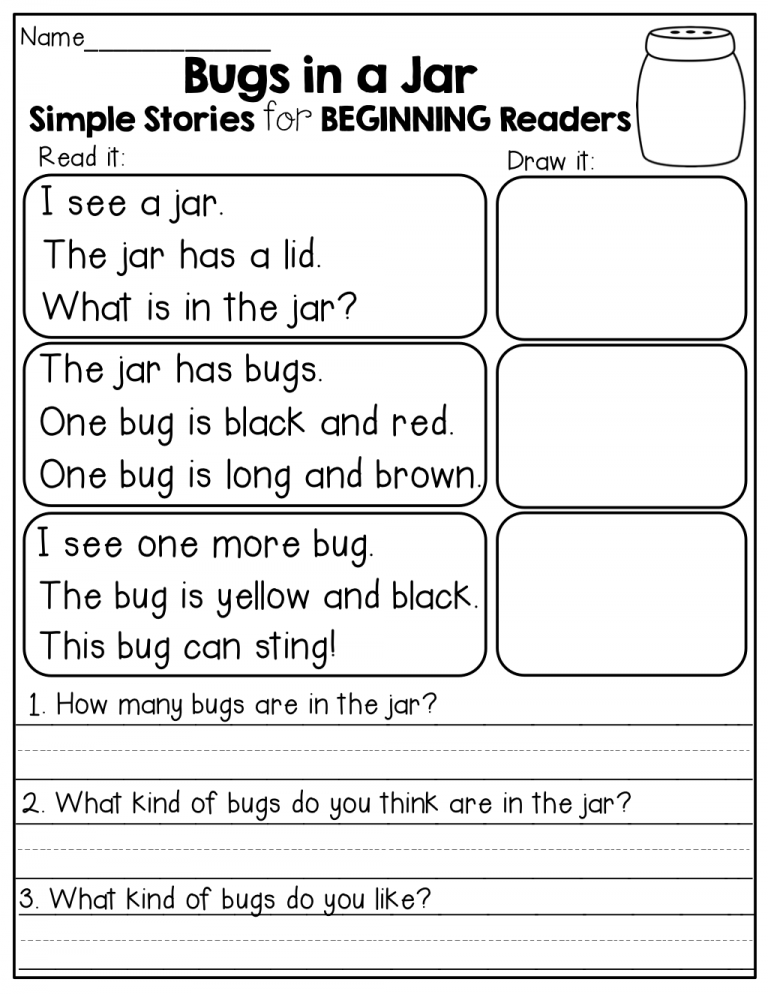 N., Kulikova E. N. (1)
N., Kulikova E. N. (1) - Oxenbury Helen (1) nine0004
- Oster Grigory Bentsionovich (1)
- Panter R. (1)
- Patterson James, Grabenstein Chris (1)
- Perro Charles (1)
- Petlenko (1) nine0004
- Pearson Luke (five)
- Paul Stewart (1)
- Pototskaya Marina Markovna (1)
- Pushkin Alexander (1)
- Patchett Fiona (1) nine0004
- Raspe Rudolf Erich (1)
- Rotrout Suzanne Berner (1)
- Rusakova Tatiana (1)
- Russian folktale (2)
- Russian folk tales (1) nine0004
- Rorvik Bjorn (1)
- Swift Jonathan (1)
- Sendak Maurice (1)
- Cervantes Miguel de Saavedra (1)
- Simpson Dana (1) nine0004
- Scotton Rob (sixteen)
- Slonim Masha (1)
- Smith Alex T.
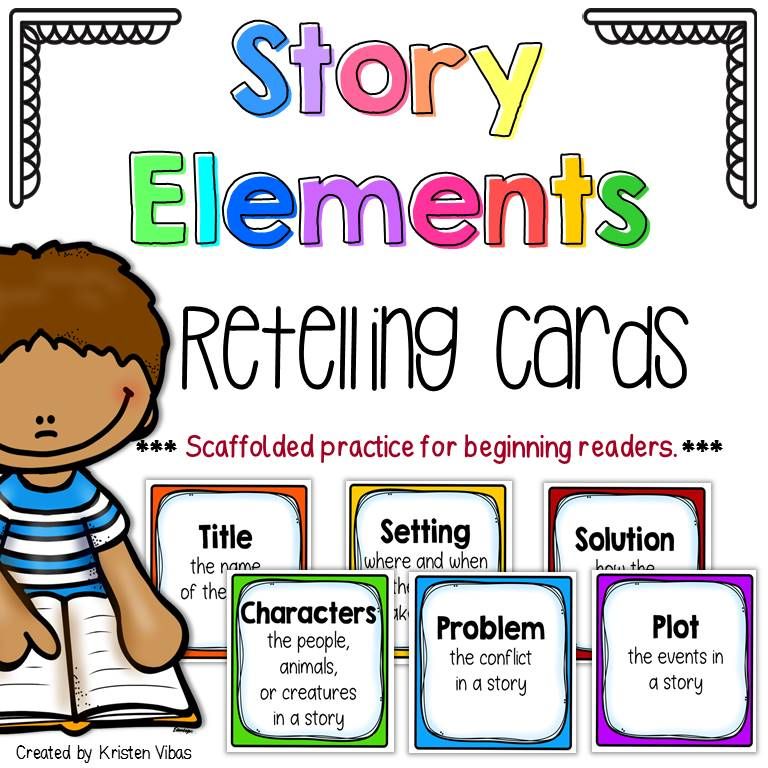 (3)
(3) - Sotnik Yuri (1)
- Stazi Oksana Yu. (1) nine0004
- Stead Rebecca (1)
- Stevenson Robert Lewis (1)
- Stilton Geronimo (6)
- Terletsky Vitaly (1)
- Tilipman Anton (1) nine0004
- Timothée de Fombel (1)
- Todd Stanton Joe (2)
- Tolstoy Alexey (1)
- Tolstoy Lev Nikolaevich, Andreeva (1)
- Thompson Craig (1) nine0004
- Willems Mo (five)
- Uleva Elena (2)
- Uspensky Eduard Nikolaevich (1)
- Ushinsky Konstantin Dmitrievich (1)
- Fedin Sergey Nikolaevich (five) nine0004
- Frank Anna, Folman Ari (1)
- Hanlon Abby (four)
- Kharms Daniil Ivanovich (1)
- Homeland Minarik Elsie (four)
- Hoff Sid Cutting David (1) nine0004
- Tsyferov Gennady Mikhailovich, Kozlov Sergey, Prokofieva Sophia, Frolov Petr, Arbekov Vladimir, Karganova Ekaterina, Kapninsky Vladimir, and others.
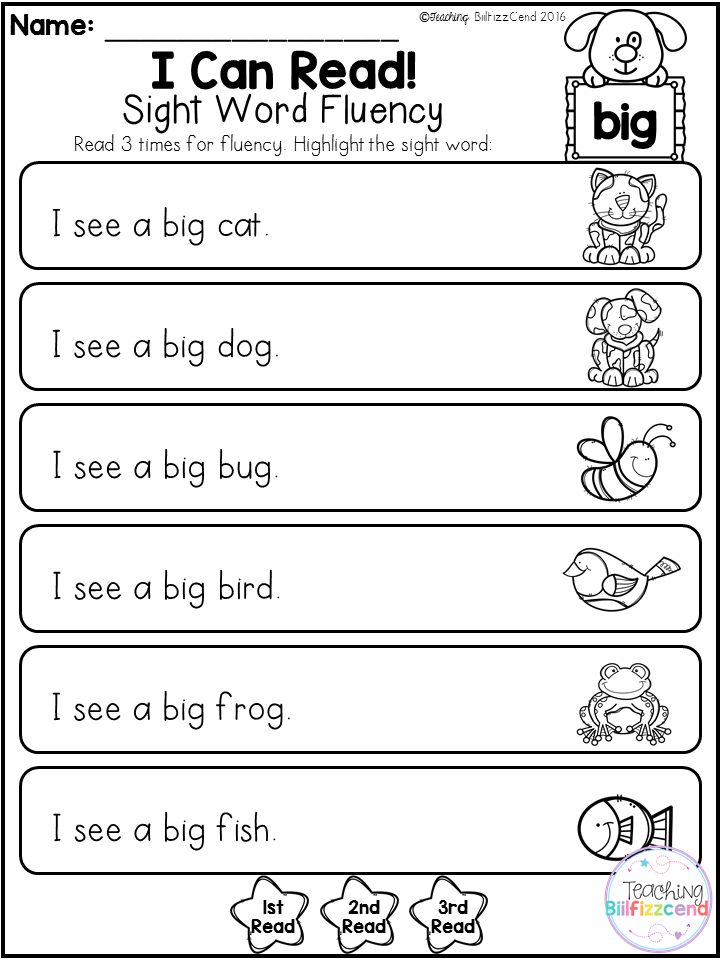 (1)
(1) - Chad John, Goldstein Sophie (1)
- Chamblain Joris (1)
- Chamblain Joris, Neire Aurélie (2) nine0004
- Shapiro F. (1)
- Charles Perrault (1)
- Sharratt Nick (1)
- Schmidt Annie (7)
- Shtec A. A. (2) nine0004
- Eva Erickson (1)
- Alison McGee, Kate DiCamillo (3)
Best Sellers
$18.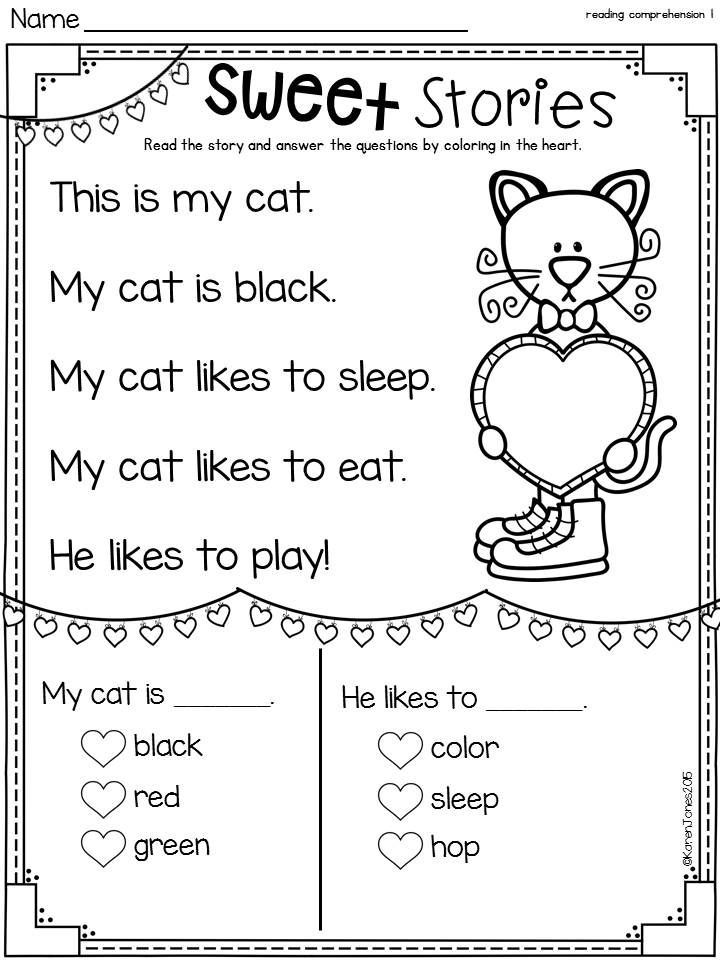 90
90
$18.00
$15.80
Sort By:
In Stock -/+
Product Name
$13.90
In stock
$16.20
In stock
$13.90
In Stock
In stock
$11.30
In stock
$26.80
In Stock
$13.10
In Stock
nine0270 $15.50In stock
$25.20
In Stock
$19.10
In Stock
$34.20
In Stock
$16.20
Out of stock
Report admission
Out of stock
Report Admission
Out of stock
Report admission
Out of stock
Report admission
Is it easy to catch a llama? Word games and homemade books for beginners For a while, he happily read aloud at the table the labels on milk and juice boxes and the titles of books in children's cupboards. Then he and I hung signs around the house and garden with the names of objects and plants. Then the wonderful baby books by Tatyana Russita were very quickly mastered (I already wrote about this experience in the article “But on my own!”: what a book for independent reading of a baby can be like). And then there was a stupor. Fedya was stuck for a long time in the transitional period from mechanical reading to meaningful reading. I tried to read the books of my middle brother, eight-year-old Mitya, but it seemed difficult, so I gave up. And to read individual words or short texts from the “boxes” of Tatyana Russita - well, how much can you do? He already knows them by heart. I really wanted to carefully help my son move to the next step of development, without frightening off his interest and desire to read further. nine0271
Then he and I hung signs around the house and garden with the names of objects and plants. Then the wonderful baby books by Tatyana Russita were very quickly mastered (I already wrote about this experience in the article “But on my own!”: what a book for independent reading of a baby can be like). And then there was a stupor. Fedya was stuck for a long time in the transitional period from mechanical reading to meaningful reading. I tried to read the books of my middle brother, eight-year-old Mitya, but it seemed difficult, so I gave up. And to read individual words or short texts from the “boxes” of Tatyana Russita - well, how much can you do? He already knows them by heart. I really wanted to carefully help my son move to the next step of development, without frightening off his interest and desire to read further. nine0271
When our elders, now teenagers who read avidly, were at this age, they somehow quickly skipped the initial stage and plunged into books. Then they began to compose and record their own stories, having invented a children's home publishing house for this. They were then 6 and 8 years old. The game of creating their own books, magazines and board games kept them busy for several months, even now they sometimes publish issues of their own magazine. Maybe try to refer to this experience with the younger? I don't like repetition, knowing how different all children are. But suddenly? nine0271
They were then 6 and 8 years old. The game of creating their own books, magazines and board games kept them busy for several months, even now they sometimes publish issues of their own magazine. Maybe try to refer to this experience with the younger? I don't like repetition, knowing how different all children are. But suddenly? nine0271
Dictation stories in our house tend to be long and complex, because children's spoken language is bright and rich. But a novice reader will master such a text with difficulty. So I immediately abandoned the idea of offering my son to compose a story and write it down for him so that a homemade reading book would come out. The best thing would be not a story book, but a game book. Let's play with words, shall we?
One of our favorite home games is “broken typewriter”, where you have to come up with phrases in which all words start with the same letter. The winner is the one who comes up with not a simple combination of two or three words, but a long and funny sentence.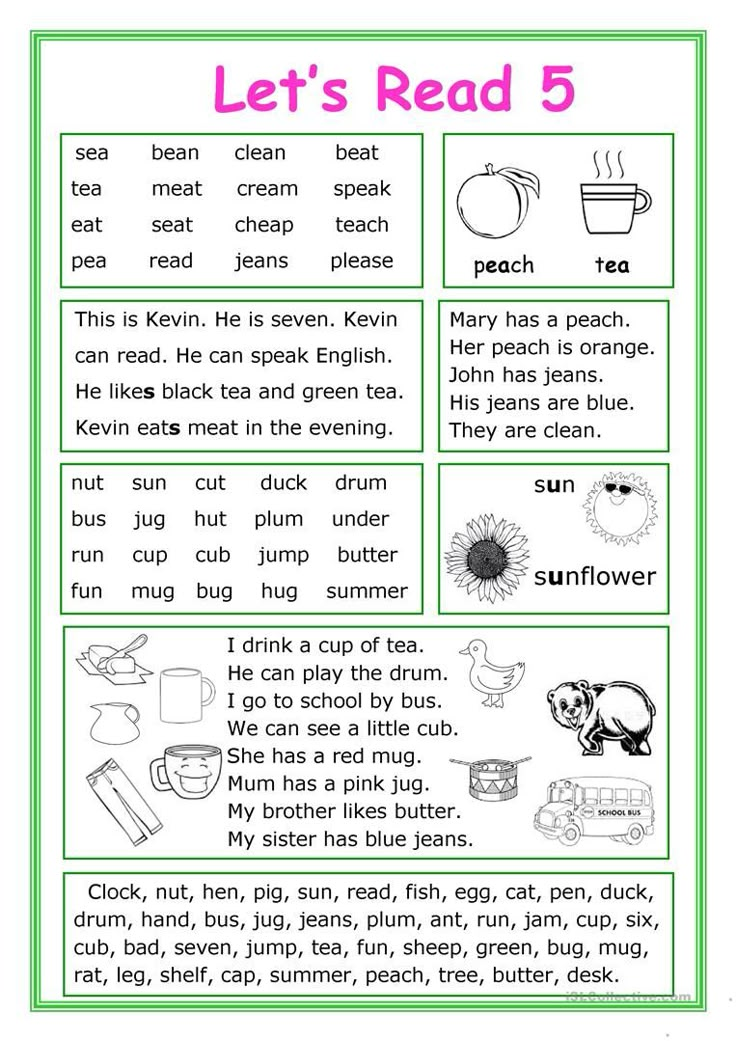 Why not transfer it now to a homemade book? Eight-year-old Mitya also joined Fedya, taking a somewhat patronizing position. No wonder, because he has long been able to read and even write! We armed ourselves with thick sheets of paper, felt-tip pens, tried to create a couple of pages - we liked it, and it went. At first, everyone spoke their version aloud, often supplementing one another, and then “printed” on a sheet and drew a picture. It turned out something like an alphabet, where each letter has its own page, but the alphabet is funny and unexpected for the readers themselves. nine0271
Why not transfer it now to a homemade book? Eight-year-old Mitya also joined Fedya, taking a somewhat patronizing position. No wonder, because he has long been able to read and even write! We armed ourselves with thick sheets of paper, felt-tip pens, tried to create a couple of pages - we liked it, and it went. At first, everyone spoke their version aloud, often supplementing one another, and then “printed” on a sheet and drew a picture. It turned out something like an alphabet, where each letter has its own page, but the alphabet is funny and unexpected for the readers themselves. nine0271
The first few pages were not at all original, but they were vital (“Anya is neat”, “grandmother is fast”). In addition, it turned out that it is very difficult to come up with a whole sentence for some letters. And for some it's not possible at all. Mitya, in the authoritative tone of a second-grader, informed Fedor that on Y, a hard, soft sign and Y, you don’t even have to try to invent. Fedya was puzzled.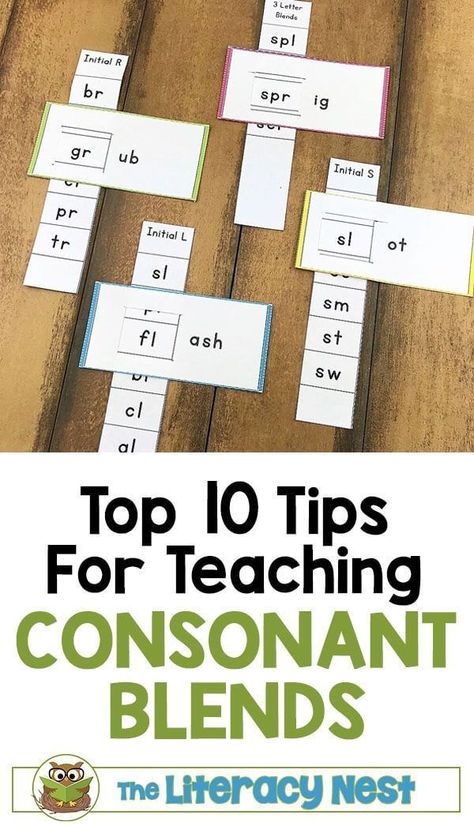 He thought all letters were the same. And then the sentences began to lengthen rapidly (“The goose cackled loudly”, “They did the house for a long time”). Sub-members and question marks appeared ("Did the raccoon eat the blackberries?"). The guys got a taste and had fun with might and main, not observing the alphabetical order. The sheaf of pages grew rapidly on the floor in the nursery. nine0271
He thought all letters were the same. And then the sentences began to lengthen rapidly (“The goose cackled loudly”, “They did the house for a long time”). Sub-members and question marks appeared ("Did the raccoon eat the blackberries?"). The guys got a taste and had fun with might and main, not observing the alphabetical order. The sheaf of pages grew rapidly on the floor in the nursery. nine0271
Is it easy to catch a llama?
"The orange orangutan loves cucumbers."
"The chest ate the dog."
"A smart duck was washing ducklings in the morning."
"Laughter-hamster crunched bread: hrum-khrum!"
"The black monster champed and sneezed."
The sons drew giant letters, many times larger than in the smallest alphabet with the largest type. They made a book in which a novice reader would really feel comfortable. It was this number of words (from three to five) that Fedya could take in with his eyes at a time in order to read without hesitation.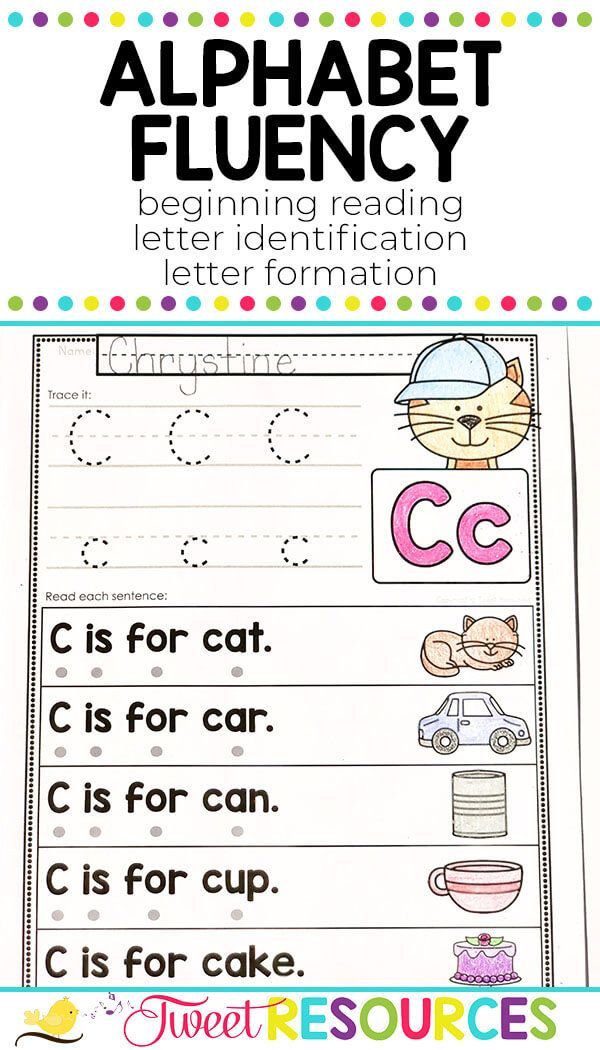 And therefore I read with pleasure, changing the combinations of the resulting pages at my own discretion. This, of course, is not at all like reading a book on the couch, but for now we just played readers and writers. nine0271
And therefore I read with pleasure, changing the combinations of the resulting pages at my own discretion. This, of course, is not at all like reading a book on the couch, but for now we just played readers and writers. nine0271
Fedya reread the “ABC” many times with pleasure and invariably clarified: will there be a sequel? I thought that the idea would be one-time, but the "book" became a book, day after day. For the sake of this, we postponed other business and games in the morning. And Fedya every time checked the thickness of a pack of sheets and was very happy when it turned out that he could no longer sew it with an ordinary stapler, only with threads. This is exactly the real book.
Our game turned out to be an excellent motivating trainer. A few days after immersing himself in it, Fedya began to enjoy reading real printed books from Mitya's shelf, in which there was already a text of three or four sentences per page. He used to brag about what he had learned about clouds, cranes, sea liners, Indians, and ancient Rome.